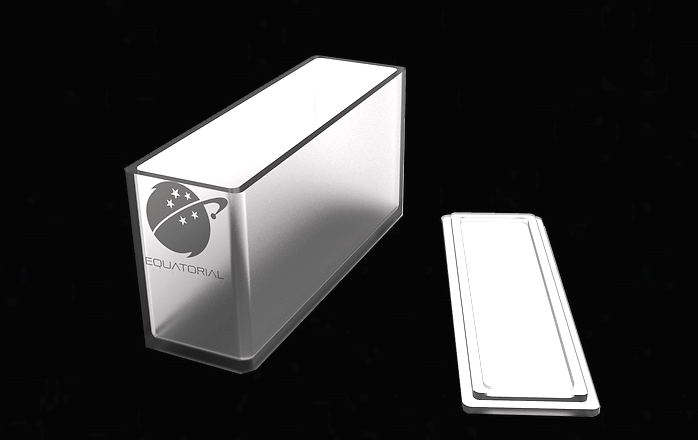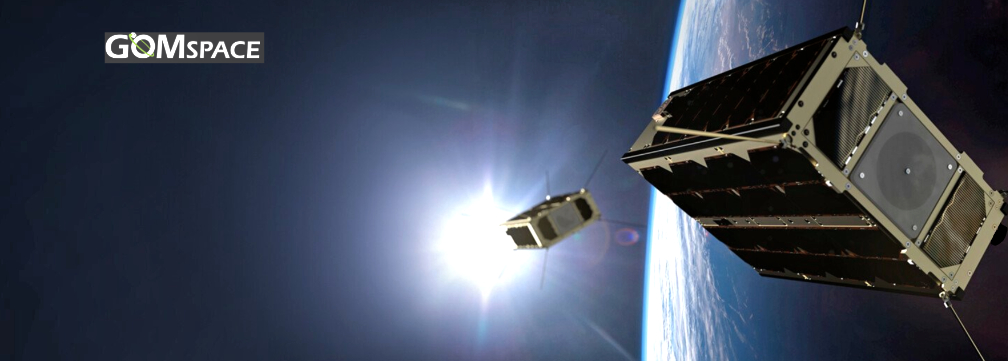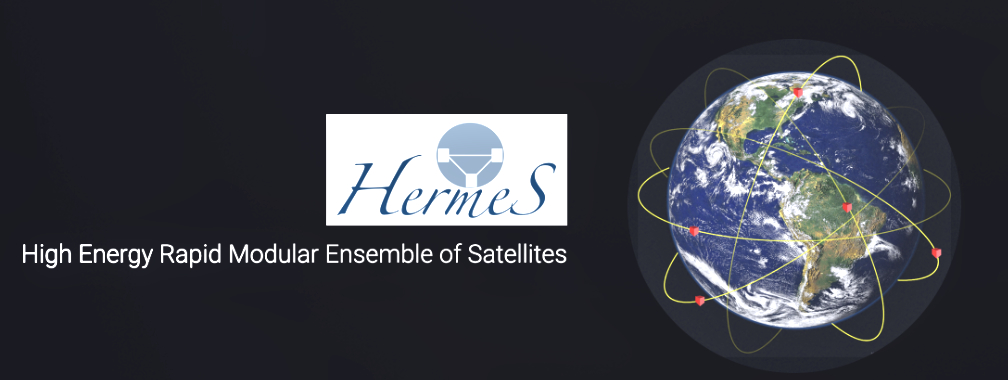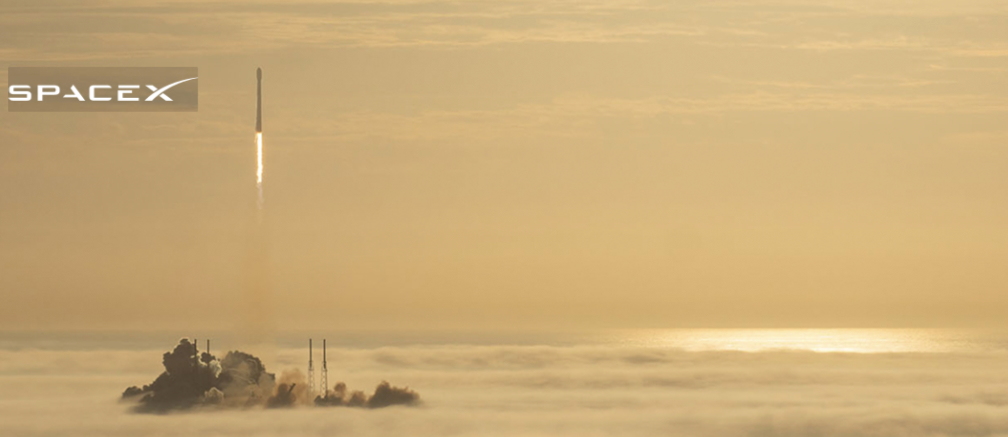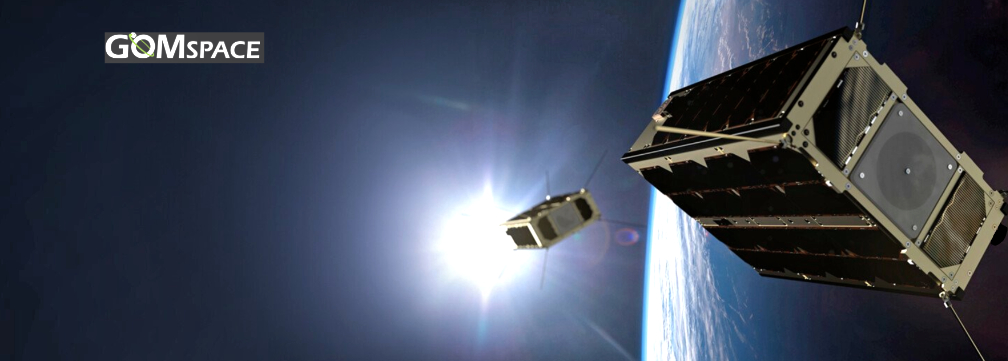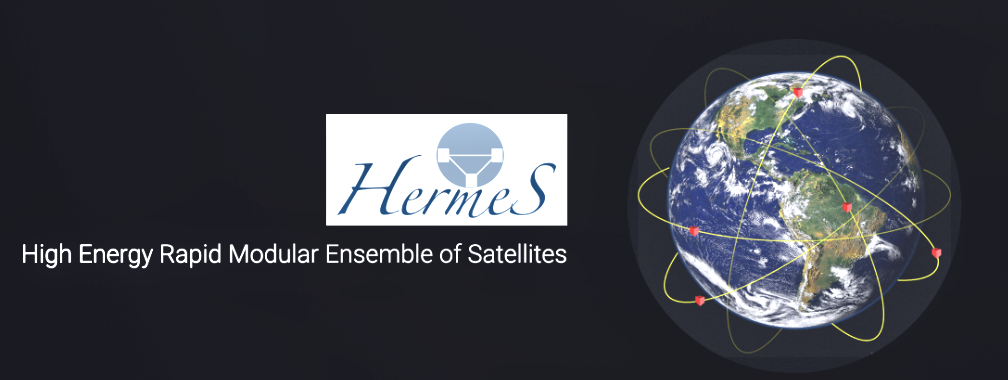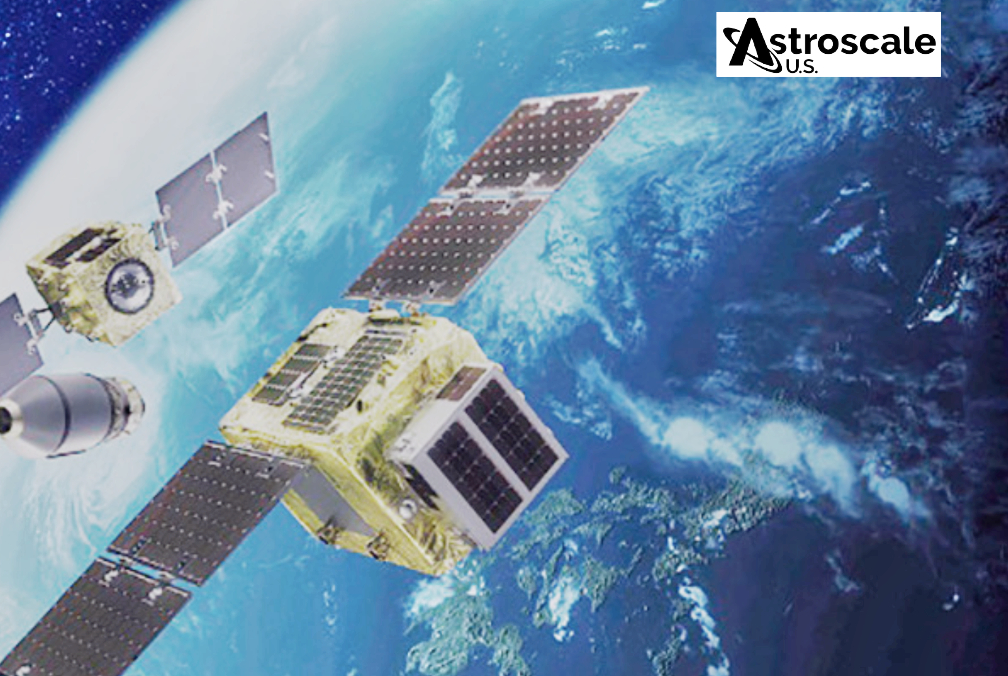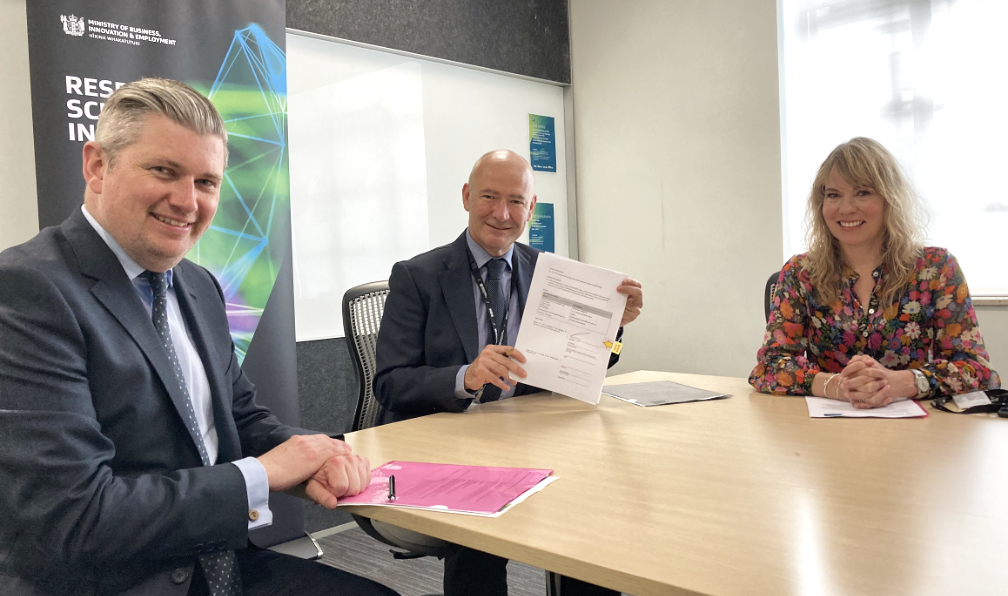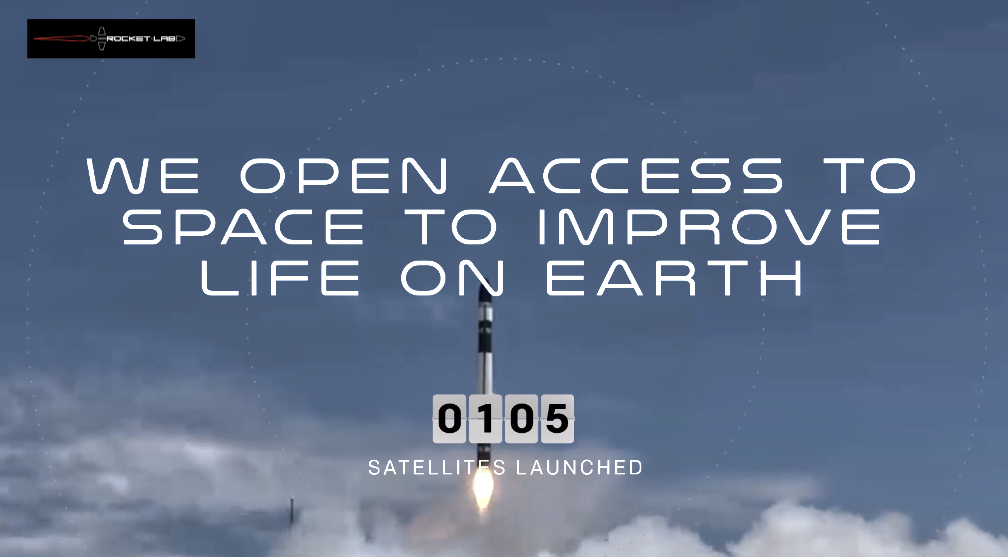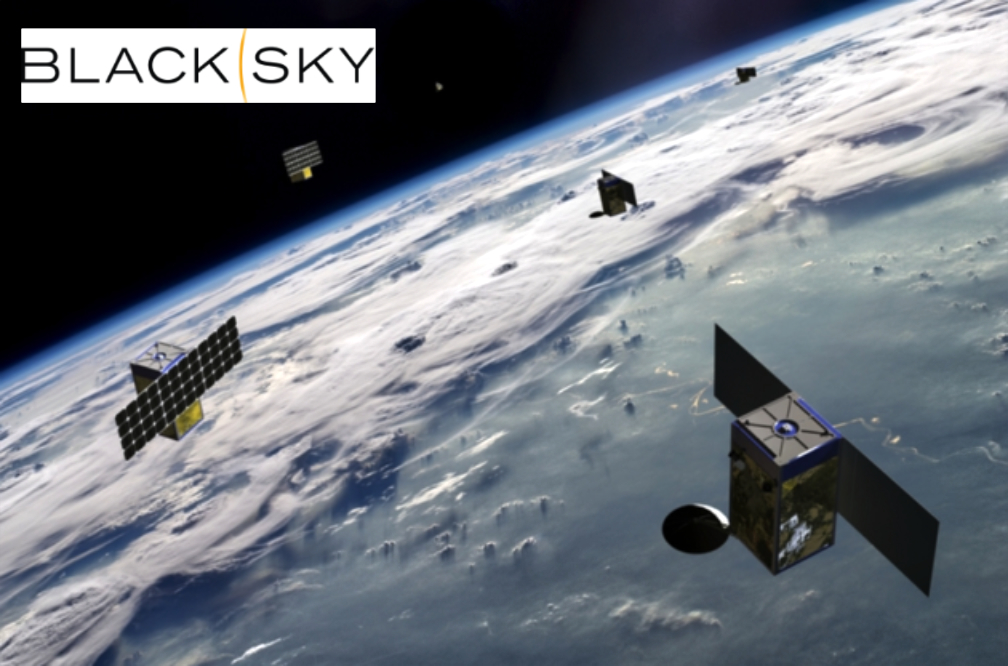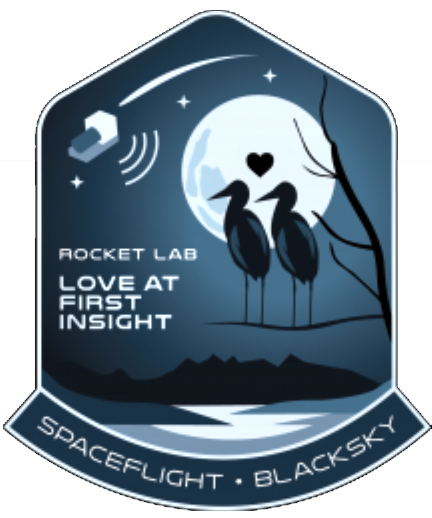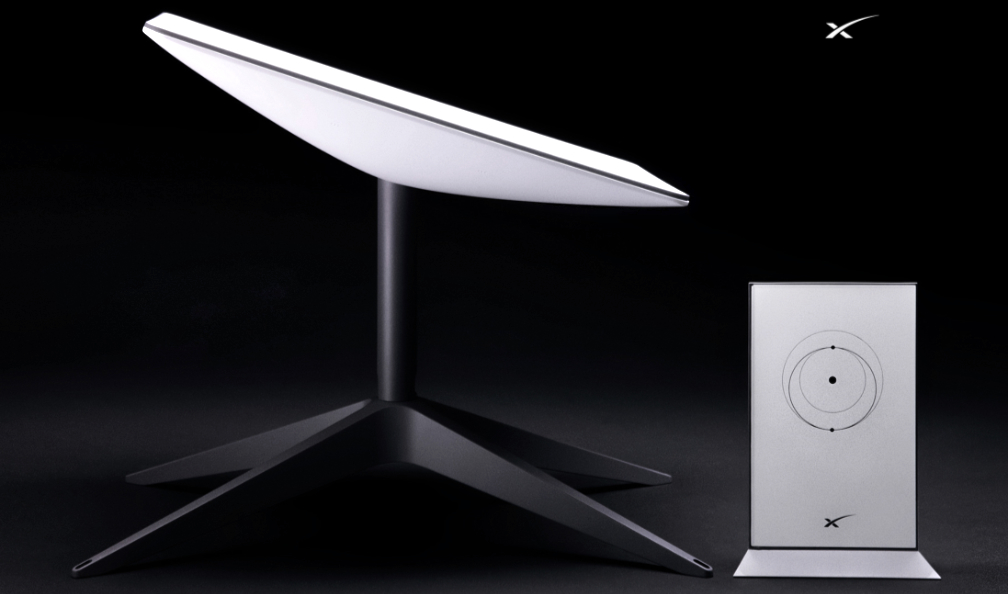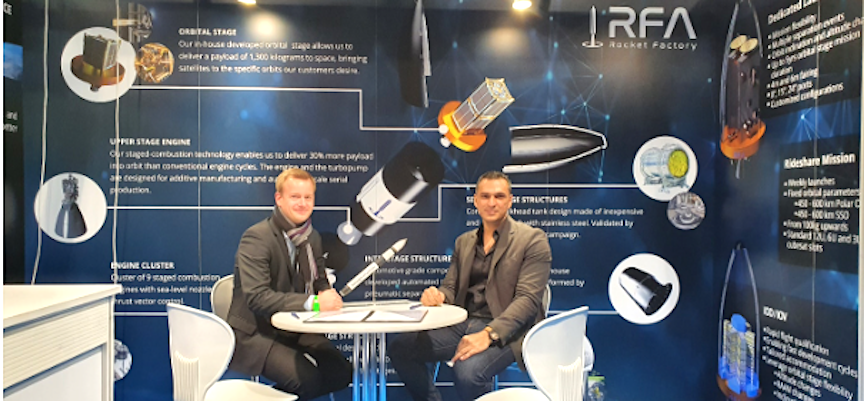
These two companies are consolidating their partnership in the field of space logistics to offer small satellite customers flexible and cost-effective launch services.
Lúnasa Ltd. and Rocket Factory Augsburg AG (RFA) have jointly signed a memorandum of understanding. The two companies are consolidating their partnership in the field of space logistics to offer small satellite customers flexible and cost-effective launch services. As a result they mutually benefit from each other’s experience, methods and networks.
The common goal of both companies is to provide small satellite operators with flexible and cost-effective access to space. The MoU reflects a mutual desire to work closely together to facilitate the launch of small satellites into their final operational orbit. The RFA ONE launch vehicle, developed by RFA, will be used to deliver the reusable orbital transfer vehicle (OTV) “VIA” to near-Earth orbit as well as provide resupply flights.
The agreement was finalized in early October, and now will be announced at the Space Tech Expo Europe in Bremen, Germany.
“From the beginning, we designed our RFA ONE to be compatible with other transfer vehicles. Lúnasa’s reusable “VIA” are optimal complements to our own launch vehicle technology and allow us to offer our launch services in an even more diversified and tailored way,” says Dr. Stefan Tweraser, Chief Executive Officer of RFA.
Jörn Spurmann, Chief Commercial Officer of RFA, adds, “The compatibility of our rocket with a wide range of OTV’s is a key element of our business case and goes hand in hand with our vision of making space accessible to everyone – easily, quickly and with low cost.”
“Lúnasa and RFA’s objectives are well aligned in the desire to enable SMEs, universities and other entities to innovate and provide services and technologies otherwise dominated by larger companies due to prohibitive cost of access to space. We believe this will remove some of the barriers to entry and stimulate the space market with even more competitive and cutting edge products whilst creating more jobs,” says Amin Chabi, Founder and Chief Executive Officer of Lúnasa.



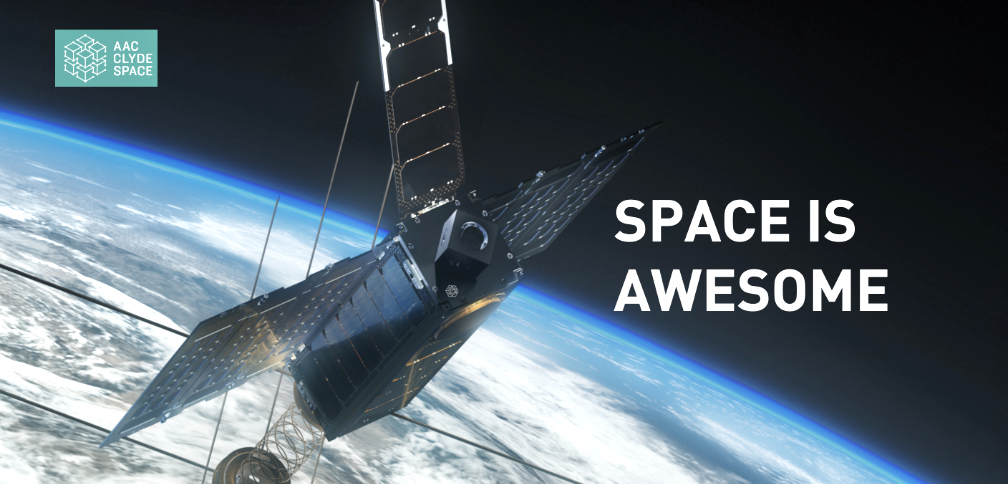
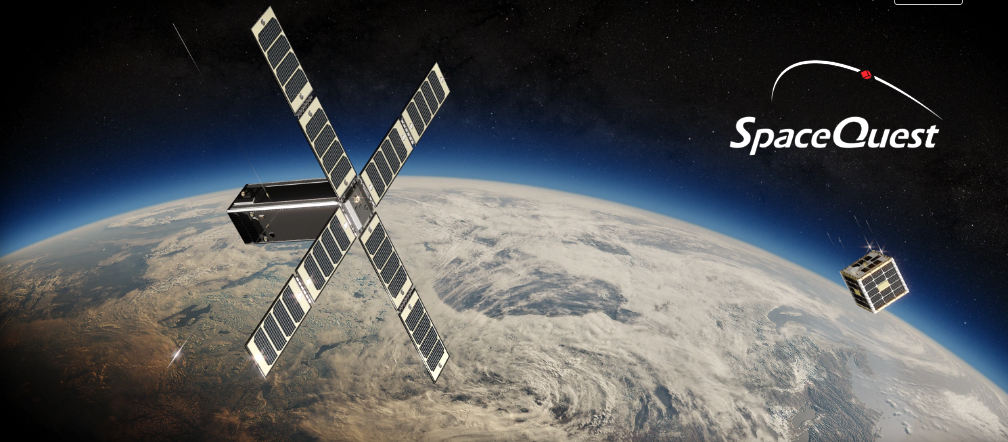
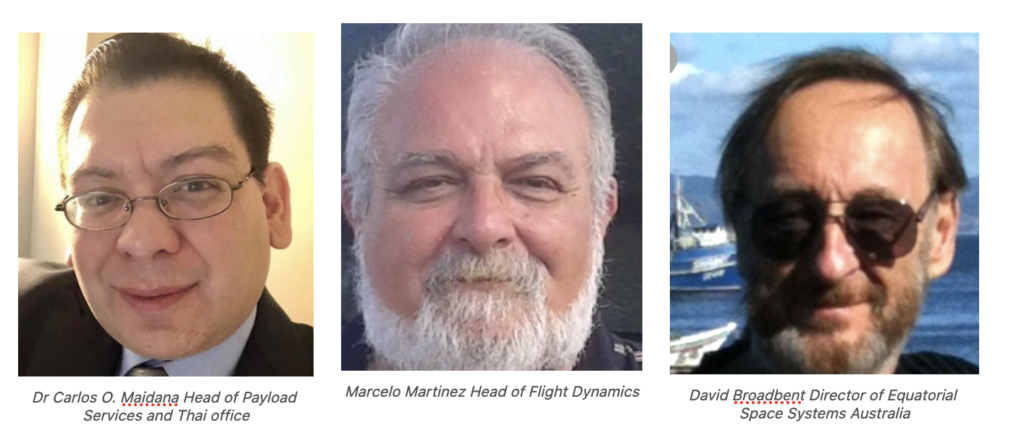
 in the pipeline.
in the pipeline.